Mercury: The Mystique is Gone
I recently attended the Los Angeles Auto Show. Other than 30-inch custom wheels, the sheer desolation at the Mercury stand was the most amazing sight of the day. A forty- something couple ambled about the premises studiously avoiding the half-dozen or so Mercury “product specialists” looking for something to do before lunch. The revamped Mariner and Mariner Hybrid spun on their turntables, revealing their inescapable Fordness to an ocean of deserted carpeting. I couldn't help but conclude that the brand is doomed.
I remember the Oldsmobile stand in the years leading up to its ignominious demise. Even in its lame duck form it had a couple dozen visitors milling around. And unlike Mercury, there was very little chatter within the industry suggesting that Oldsmobile’s extinction was imminent. Olds was an Indy 500 and IRL championship-winning engine supplier. According to those “in the know,” GM was about to reinvent the brand to capitalize on its racing rep. Oldsmobile was going to become the premium American import alternative– the orbit [once and again] occupied by Saturn.
In contrast, today’s Mercury has no motorsports involvement and sells a range of fractionally ritzier but still blander-than-John-Kerry- eating-vanilla-ice-cream Fords with waterfall grilles. Even employing a drop-dead gorgeous spokesperson like Jill Wagner, the fact remains that Mercury’s product line remains an armada of badge engineered mediocrity.
So how should Ford CEO Alan Mulally and his posse fix this situation— other than pulling the plug and let the dealer lawsuits fall where they may? Step one: axe the Milan. As the Brits say, the Milan falls between two stools. Any customers willing to pay a premium to drive a frillier Ford Fusion will make the jump to the automotive artist formerly known as Zephyr. Although you couldn’t ask for a better platform from which to badge engineer (just ask Mazda), that way oblivion lies.
Mercury should also kill the Mariner (Escape), Montego (Five Hundred) and Monterey (don’t ask). To quote the Brits again, the first thing you do when you’re in a hole is to stop digging. Badge engineering is killing– has killed Mercury. To reinvent itself, Mercury must take one giant step away from Ford and decide what it wants to represent.
Step two, Mercury should replace the Milan with a federalized, waterfall grilled version of the head-turning Euro-spec Ford Mondeo. Yes, this same scheme did a face-plant in the form of the late, unlamented Mystique. But a Mercury version of the new “kinetic” Mondeo would go a long way towards restoring some semblance of street cred for the amorphous brand– especially if Dearborn includes the five-door and wagon versions. (Multiple bonus points for a high-po “Cyclone” version.)
Step three: import the Euro-spec Focus. The Euro Focus is a full generation ahead of the current vine-rotted model barely sold in the U.S. The domestic version should be rechristened a nuevo Mercury Comet. By adding this “premium compact” to their NorAm portfolio, Mercury could present a viable domestic alternative to the BMW MINIs and Audi A3s mopping-up the high-end of the small car market.
Step four: bring over the Ford S-Max. Other than the fact that the S-Max is an award-winning minivan (a genre Ford recently abandoned), this “MPV’s” chief advantage is that it looks like nothing else in Ford’s domestic lineup. When you’re trying to re-build a brand without a visual identity, you have a unique opportunity to deploy completely new models without worrying about the effects of new design language. Moribund Mercury needs a completely unique vehicle. The S-Max is it.
If all of this sounds a bit familiar to armchair Iacoccas, that’s because GM’s is now using its “import fighter” Saturn brand to sell, uh, imports. Although Saturn’s weak-selling Aura suggests that re-badging Euro-derived vehicles doesn’t guarantee success, Mercury could pull it off, under one condition: no other Ford brand is allowed to share the European swag. Repeat after me: badge engineering blows. Besides, importing cars ain’t cheap. The allegedly upmarket Mercury brand can charge the premium required to maintain profitability. [How Saturn expect to make a profit on a European-built Astra is something of a mystery.]
Alan Mulally has decided that Ford’s future depends on international parts and platform sharing. If The Blue Oval’s Thirty Million Dollar Man can get his guys to use these platforms to create highly individual models suitable to each brand’s specific DNA, the global strategy could work. Meanwhile, Big Al needs a way to reenergize Mercury right now, cheap. This is it. If the Divine Mr. M maintains the status quo– letting Mercury stand for nothing more than a babe and a badge– by the time the new models arrive, there’ll be no one left who's interested in them.
More by TomAnderson
Latest Car Reviews
Read moreLatest Product Reviews
Read moreRecent Comments
- Lou_BC Well, I'd be impressed if this was in a ZR2. LOL
- Lou_BC This is my shocked face 😲 Hope formatting doesn't fook this up LOL
- Lou_BC Junior? Would that be a Beta Romeo?
- Lou_BC Gotta fix that formatting problem. What a pile of bullsh!t. Are longer posts costing TTAC money? FOOK
- Lou_BC 1.Honda: 6,334,825 vehicles potentially affected2.Ford: 6,152,6143.Kia America: 3,110,4474.Chrysler: 2,732,3985.General Motors: 2,021,0336.Nissan North America: 1,804,4437.Mercedes-Benz USA: 478,1738.Volkswagen Group of America: 453,7639.BMW of North America: 340,24910.Daimler Trucks North America: 261,959





















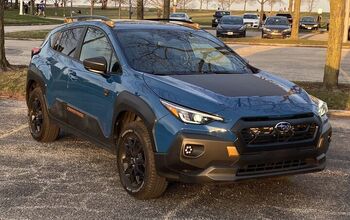

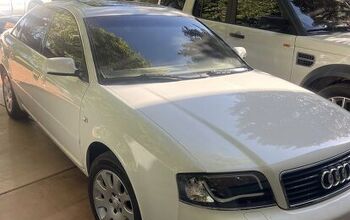


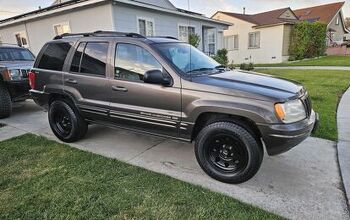
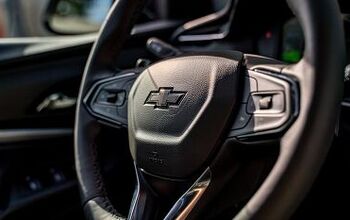
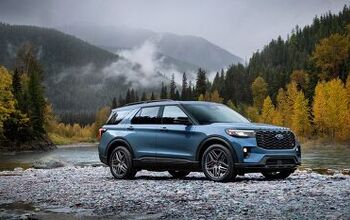
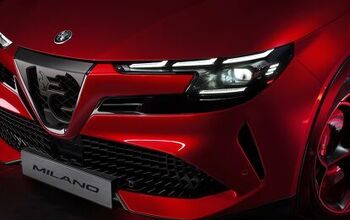

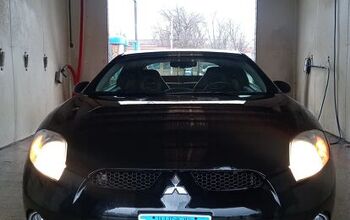

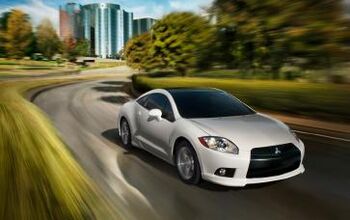


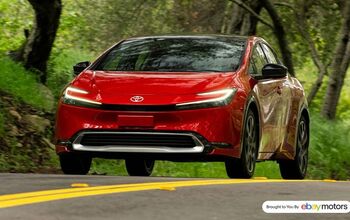
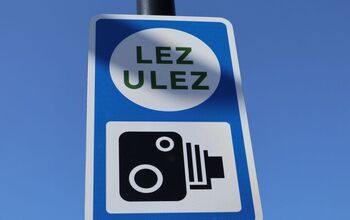
Comments
Join the conversation
Mercury will never die as long as Lincoln exists. Likewise, they won't get much unique product either-it will all be slightly blinged up Fords. See, as long as Mercury exists as being merely slightly fancier Fords, the engineering costs are nil-and without Mercury's volume, Lincoln dealers would be in deep trouble. That is, they can't afford to give it unique product, and they can't afford to kill it. So, status quo ahoy!
[...] The Truth About Cars, writer Tom Anderson speculates why Ford Motor Co. continues to insist in keeping what he considers [...]